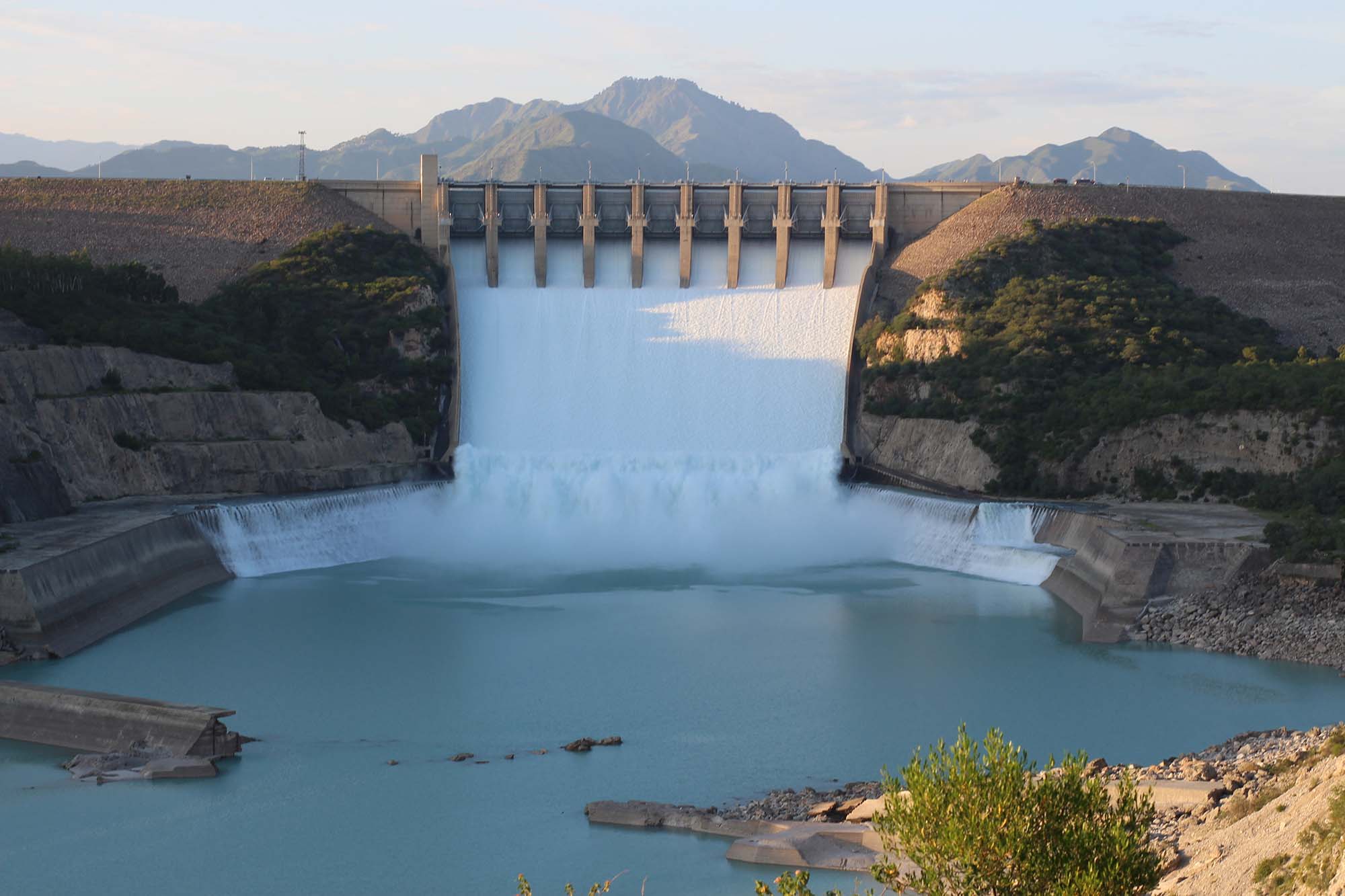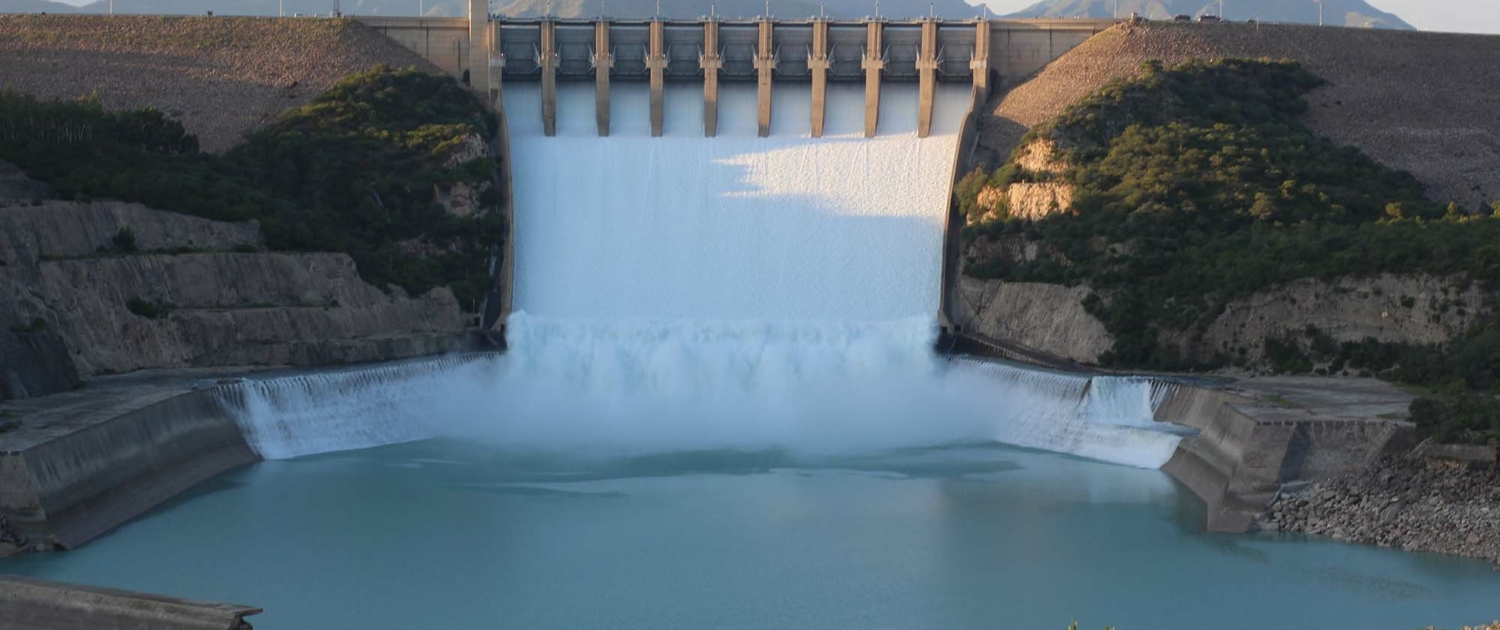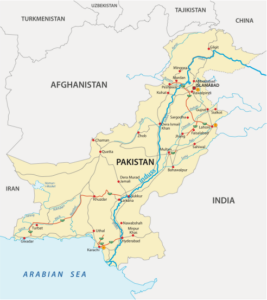A Case Study of a Large-scale Agricultural Development
The Indus Basin Irrigation System Case Study
The Indus River, originating high in the Tibetan Plateau, courses roughly from north to south through the length of Pakistan before culminating in the Arabian Sea. The Indus Basin, stretching over one million square kilometres, encompasses parts of India, China, and Afghanistan.
What is the Indus Basin Irrigation System, or IBIS?
The Indus River is a significant water resource for the two Newly Emerging Economies (NEEs), India and Pakistan. According to the Indus Water Treaty of 1960, India maintains control of the eastern rivers, while Pakistan governs the Indus and its western tributaries, the Jhelum and Chenab. These rivers, nurtured by intense rainfall and snowmelt from the mountains, supply the water necessary for irrigating the arid agricultural lands in the south.
IBIS is the largest unbroken irrigation network worldwide. It began as a series of irrigation canals constructed during British governance from 1857 to 1947 and has continuously developed since. It incorporates three large dams and more than 100 smaller dams that manage the water flow. Twelve link canals facilitate the transfer of water between rivers. The system extends over 64,000 km of minor canals that distribute the water throughout rural areas. More than 1.6 million km of ditches and streams collectively irrigate Pakistan’s farmland.
Three sizable reservoirs exist in the northern region of Pakistan, specifically at Tarbela, Mangla, and Chashma. Tarbela is Pakistan’s largest reservoir, with an impressive 11 billion cubic meters capacity.

The Tarbela Dam holding back the Tarbela reservoir
Why was the Indus Basin Irrigation System needed?
The Indus Basin Irrigation System (IBIS) was necessary due to several reasons:
- Arid and Semi-Arid Climate: Large parts of Pakistan and the regions covered by the Indus Basin have an arid or semi-arid climate. The rainfall in these areas is low and erratic, which is insufficient for the agriculture that most of the population depends on for their livelihood.
- Food Security: With a rapidly growing population, there was a need to improve food security. The IBIS allowed growing crops on a large scale, effectively reducing dependence on food imports.
- Economic Development: Agriculture plays a crucial role in the economies of the countries in the Indus Basin, particularly in Pakistan. The irrigation system enhanced agricultural productivity, leading to economic growth and development.
- Hydropower Generation: The dams built as part of the IBIS are used for hydropower generation. This provides a vital renewable energy source, helping to meet the growing population’s and industries’ energy needs.
- Water Management: The system was required for effective water management. It ensured that water could be stored during times of surplus (during monsoons or heavy snow melt), and used during times of scarcity.
- Flood Control: The Indus River has a history of destructive floods. With its dams and reservoirs, the IBIS helps mitigate the impact of such floods by regulating water flow.
What are the advantages of the Indus Basin Irrigation System?
- Large-Scale Irrigation: The IBIS is the largest continuous irrigation system in the world, allowing for the irrigation of vast amounts of agricultural land, leading to significant food production. The IBIS provides water to over 1.6 million km2 of Pakistan’s agricultural land.
- Water Management: The system of large and small dams, along with numerous canals, helps in effective water management, controlling the flow of water based on the needs of different regions and seasons.
- Food Security: The IBIS plays a critical role in maintaining food security for Pakistan by enabling the cultivation of various crops throughout the year. The IBIS makes 40% more land available for agriculture. Irrigation has increased crop yields of wheat (38%), rice (39%) and fruit (150%).
- Diet: Many people’s diets have improved due to the greater range of food available. Fish farming in storage reservoirs provides protein.
- Employment: The agriculture sector in Pakistan employs a significant portion of the population. The existence of IBIS facilitates this employment by supporting farming activities.
- Hydropower Production: The large dams within the system, such as Tarbela and Mangla, also generate hydroelectric power, contributing to the country’s energy needs.
- Flood Control: The dams and reservoirs in the IBIS also help manage floods by storing excess water during heavy rains and snow melts, thereby reducing the risk and impact of flooding.
- Promotes Cooperation: As a transboundary water resource, the IBIS supports cooperation between countries like India and Pakistan under the framework of the Indus Water Treaty.
- Climate Change Resilience: The IBIS helps build resilience against climate change by ensuring a stable water supply for irrigation, even during periods of reduced rainfall.
- Regional Development: The water supplied by the IBIS supports agriculture and the everyday needs of cities and towns, supporting their growth and development.
- Economic Growth: The IBIS significantly contributes to the economy by supporting agriculture, a major part of Pakistan’s GDP. It also supports industries like textiles that rely on agricultural products.
- Navigation: Some parts of the river system are navigable and can be used for transportation, reducing the reliance on road transport and reducing carbon emissions.
What are the disadvantages of the Indus Basin Irrigation System?
- Waterlogging and Salinity: Over-irrigation can lead to waterlogging and salinity problems in the soil, making it less fertile and productive. This is a significant issue in the Indus Basin.
- Evaporation: High temperatures in the summer result in significant water loss through evaporation.
- Environmental Impact: Dams disrupt the natural flow of rivers, impacting aquatic ecosystems and sometimes causing biodiversity loss. They can also lead to people’s displacement and cultural heritage sites’ loss due to flooding of areas behind the dam.
- Sedimentation: Dams in the IBIS trap sediment which would naturally fertilize fields downstream. Over time, this can decrease soil fertility downstream while reducing the dam’s water storage capacity due to sediment build-up.
- Transboundary Disputes: Despite the existence of the Indus Water Treaty, water sharing between India and Pakistan often leads to disputes due to the strategic importance of water resources.
- Climate Change Vulnerability: The IBIS relies heavily on snowmelt and glacial meltwater. Climate change causes glaciers to retreat, which could lead to water shortages in the future.
- Maintenance Costs: The upkeep of large infrastructure like dams and canals can be expensive. These costs often rise as the infrastructure ages.
- Inequitable Water Distribution: There can be inequitable water distribution issues, with upstream users or regions with better infrastructure access getting more water than those downstream or with poorer infrastructure.
- Dependence on Monsoons: The system’s effectiveness largely depends on the monsoons. Unpredictable changes or variations in monsoon patterns can impact the water availability in the system.
- Population Displacement: The construction of large dams often requires the displacement of local populations, causing social and economic disruptions.
- Risk of Dam Failure: While rare, the potential for dam failure due to poor maintenance, natural disasters, or sabotage could have catastrophic downstream impacts.
Related Topics
Use the images below to explore related GeoTopics.




